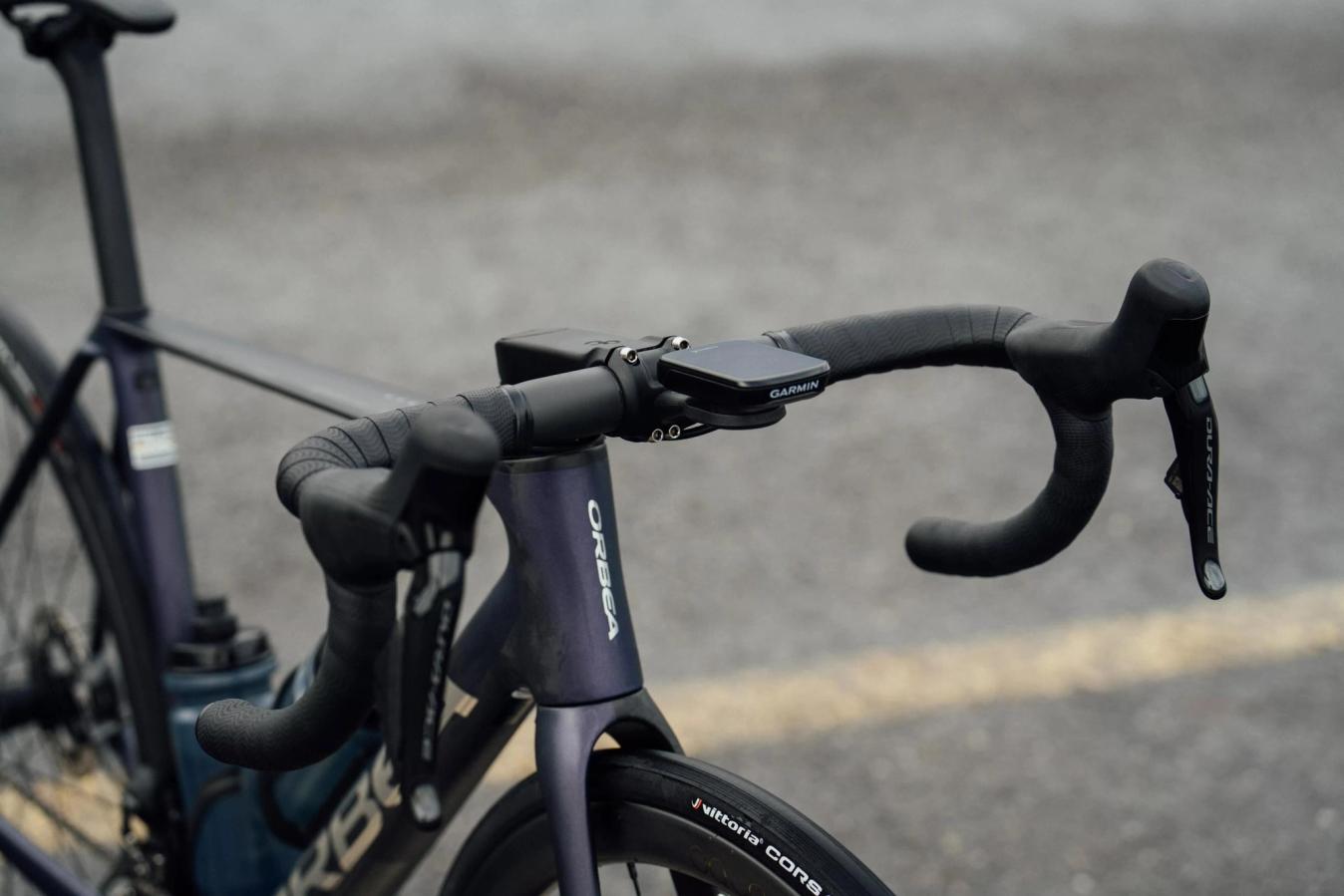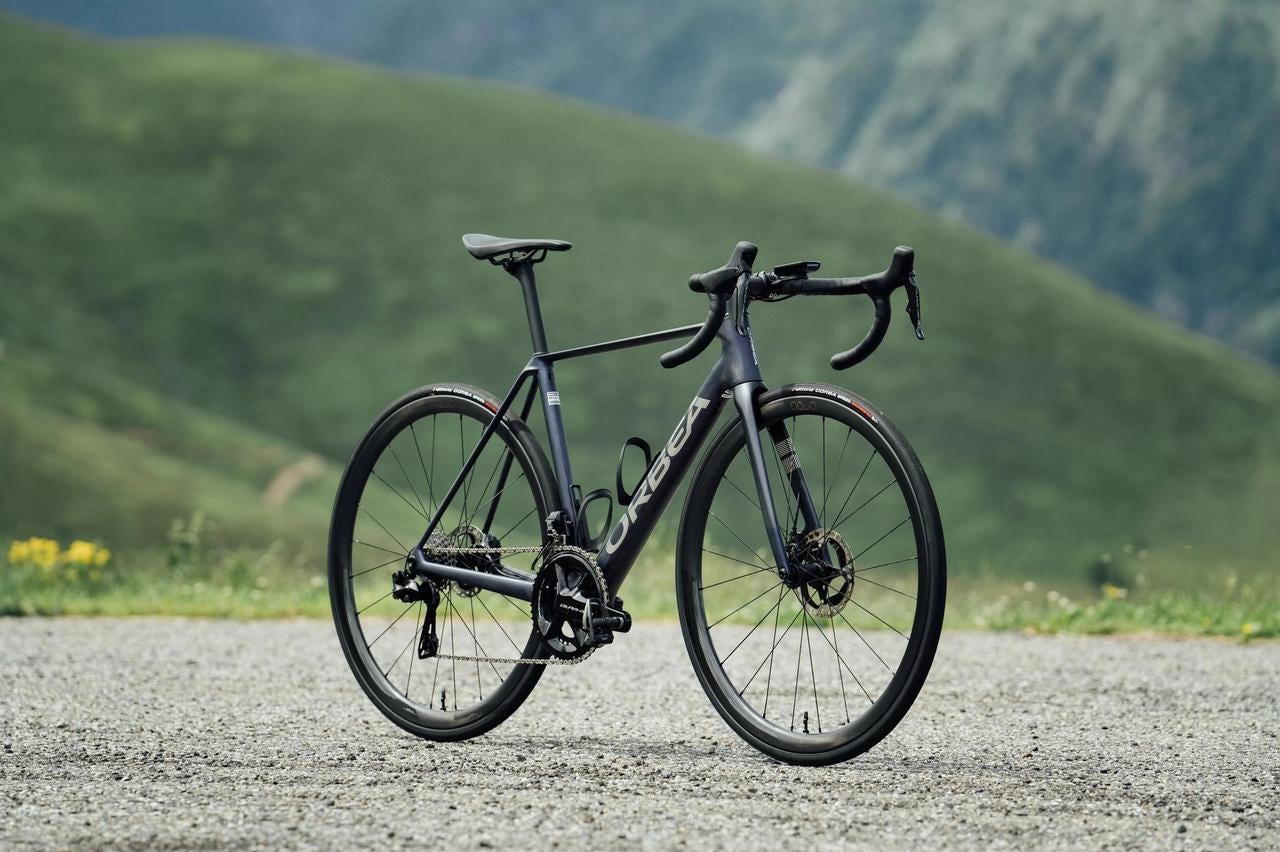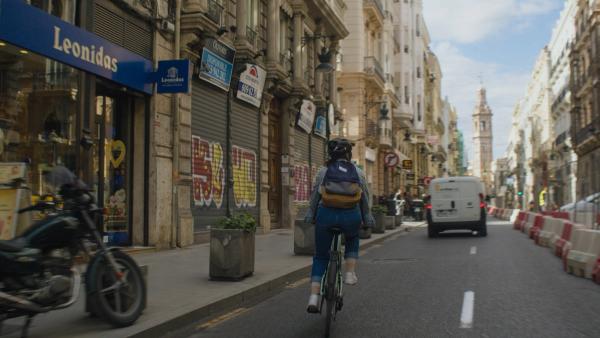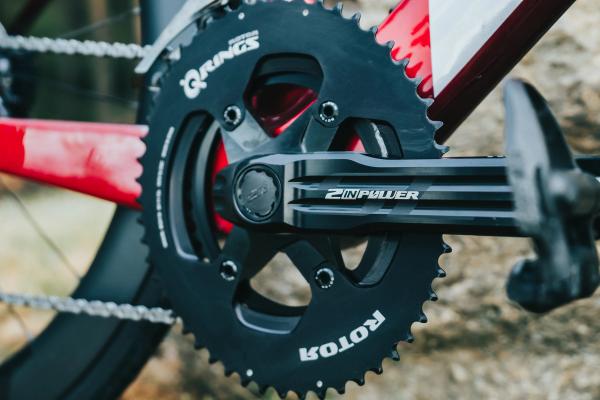New Orbea Orca goes all-in on climbing performance
Orbea launches 7th generation of Orca with 13 different builds available
Tom Hallam-Gravells
Online Production Editor
Orbea
The new Orbea Orca is a pure climbing bike.
Orbea has officially launched the 7th generation of the Orca and it's chosen to avoid the well-travelled aerodynamic route taken by many brands, instead sticking to a lightweight formula to create a pure climbing bike.
Orbea says that the new Orca is built purely for climbing performance with a particular focus on improved acceleration, power transfer and agile handling.
Two models of the bike have been released, the high-end OMX which offers the lightest weight, and the slightly heavier OMR.
They’re available in seven different sizes from 47cm through to 60cm and two different colourways for the OMX, with an additional option for the OMR.
Anyone buying the new bike will also get the chance to further customise the setup through Orbea’s MyO feature.
A path less travelled
.jpg?w=1348&auto=format)
Orbea
Orbea has focussed solely on climbing performance.
In recent years, many traditional climbing bikes have transitioned into all-round superbikes. While still designed for climbing, they’ve been enhanced with additional aerodynamic features to boost performance on flatter terrain and shallower climbing gradients where aerodynamics are believed to trump light weight.
It’s a path taken by many brands including Specialized who discontinued their popular Venge range in favour of a more aerodynamically focussed Tarmac SL7.
Orbea has resisted this, sticking to the Orca’s roots to deliver another bike which is solely focussed on climbing performance. There’s good reason for this as they believe that modern superbikes have become the classic ‘jack of all trades, master of none’.
They’ve conducted plenty of research to back this up, including Low Speed Efficiency tests.
“The Low Speed Efficiency tests measure the number of watts needed to maintain a given speed on a steep climb,” Orbea road product manager, Joseba Arizaga, said in a press release. “This test removes aerodynamics from the equation. To perform well, bikes need to be light and transmit the power from the cranks to the wheels efficiently.”
So, a pure lightweight bike is still the best option on a climb, as far as Orbea are concerned. The Spanish brand also carried out High Speed Efficiency tests which predictably showed that a pure aero bike is faster on the flat, leaving aero climbing bikes somewhere in the middle with no speciality.
“This is why increasing the weight of a light bike in exchange for aero features doesn't make any sense,” Arizaga explains. “On the climbs the lighter the bike, the better, and at high speeds the more aero, the better. The middle-weight bike with aero features doesn't win anywhere.”
When is the Orbea Orca the best bike?
All of this begs the question, when is the Orbea Orca the best bike for the job? Climbs vary greatly and there are plenty of factors which affect when the scales tip in favour of weight over aerodynamics, including the gradient and speed someone is riding at.
For their part Orbea has made this easier by providing a further explanation and they believe that the new Orca still has the edge over aero bikes on relatively shallow gradients.
“Orbea claims that the Orca is around three watts faster than an aero bike, for an average rider, on a 5% slope, and around six watts faster on a 10% slope. Adding partial aero features, and hence weight, would compromise those advantages, and reduce that special lightweight feel of agility and responsiveness.”
.jpg?w=1348&auto=format)
GCN
Orbea says that the Orca is faster than aero bikes on 5% gradients.
‘The best climbing performance possible’
In sticking to the same formula, Orbea has created a bike which they say “offers the best climbing performance possible.”
It’s no surprise that one of the key areas that they’ve targeted to achieve this is frame weight, with the OMX tipping the scales at 750g, while the OMR is a little heavier at 1030g (both 53cm).
Keeping a frame’s weight down is always a challenge and Orbea has come up with some unique methods for doing it, altering their carbon lay-up process.
Orbea’s frames are created by weaving pieces of carbon together before glueing them with epoxy. These carbon pieces overlap, creating excess material, so Orbea has used larger pieces of carbon instead. As there are less pieces of carbon, there is less overlapping material, saving weight.

Orbea
Orbea have used larger sections of carbon in the lay-up process to reduce weight.
Weight has been shed through other methods too. As Orbea uses its own in-house Oquo wheels and OC components, they essentially design the majority of the bike barring the groupset, meaning they can minimise weight in as many areas as possible.
The Orca is available with Orbea’s in-house Oquo wheels with a choice between the LTD, Team or Pro ranges. Rim depths vary from the lightweight 35mm and mid-depth 45mm, to an aero-orientated 57mm.
Stiffness matters too
Climbing performance isn’t all about weight and power conversion is an important factor. Orbea say that they haven’t compromised on stiffness, using a Powerspine frame design to ensure efficient power transmission.
“Here the lower spine of the frame handles the large majority of torsional and lateral loads,” Orbea explains. “The head tube, down tube and chainstays resist twisting and transmit power to the rear wheel and add steering accuracy. This design allows Orbea to save weight elsewhere on the frame without compromising stiffness.”
While the frame has been redesigned, the geometry is almost unchanged barring shorter chainstays which make the bike more responsive and agile. Tyre clearance has also been increased and the Orca can now accommodate up to 32mm tyres.

Orbea
Oquo released their first road wheels in June.
Despite their rejection of the aero approach, Orbea has still taken some measures to boost aerodynamics. The Orca features ICR cable routing, a new seat clamp, and a redesigned fork, all of which they say helps to reduce drag.
Anyone who prefers a more aero setup can also add further aerodynamic customisations via MyO.
The new Orbea Orca will make its race debut at the Tour de France Femmes where it will be raced by Ceratizit–WNT Pro Cycling.
Both the OMR and OMX versions of the new Orca are available now and you can explore the full builds on Orbea’s website.


MAIN.jpg?w=600&auto=format)






.jpg?w=600&auto=format)



